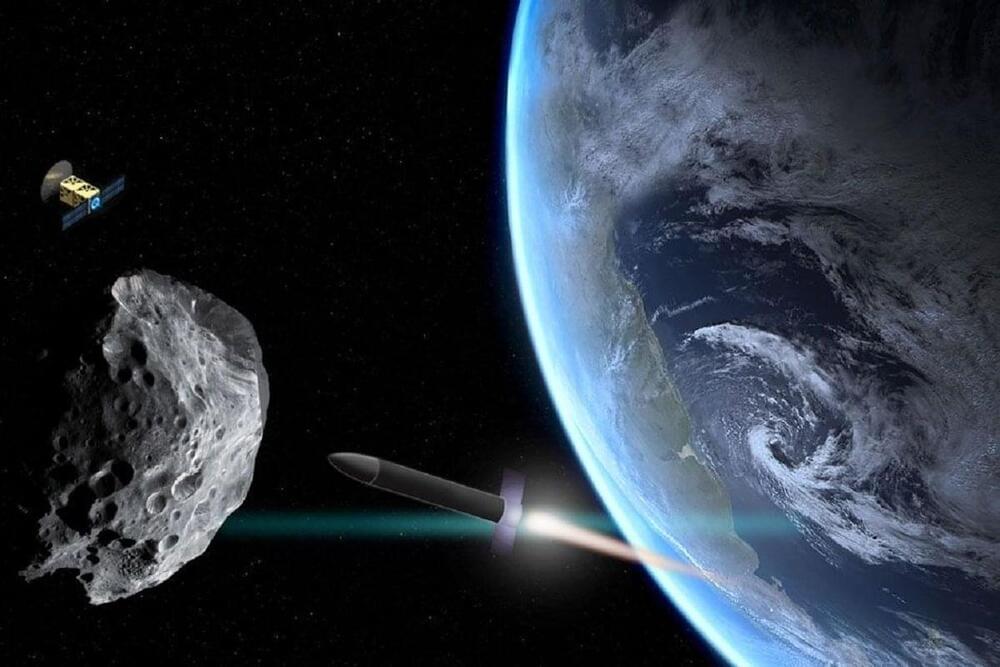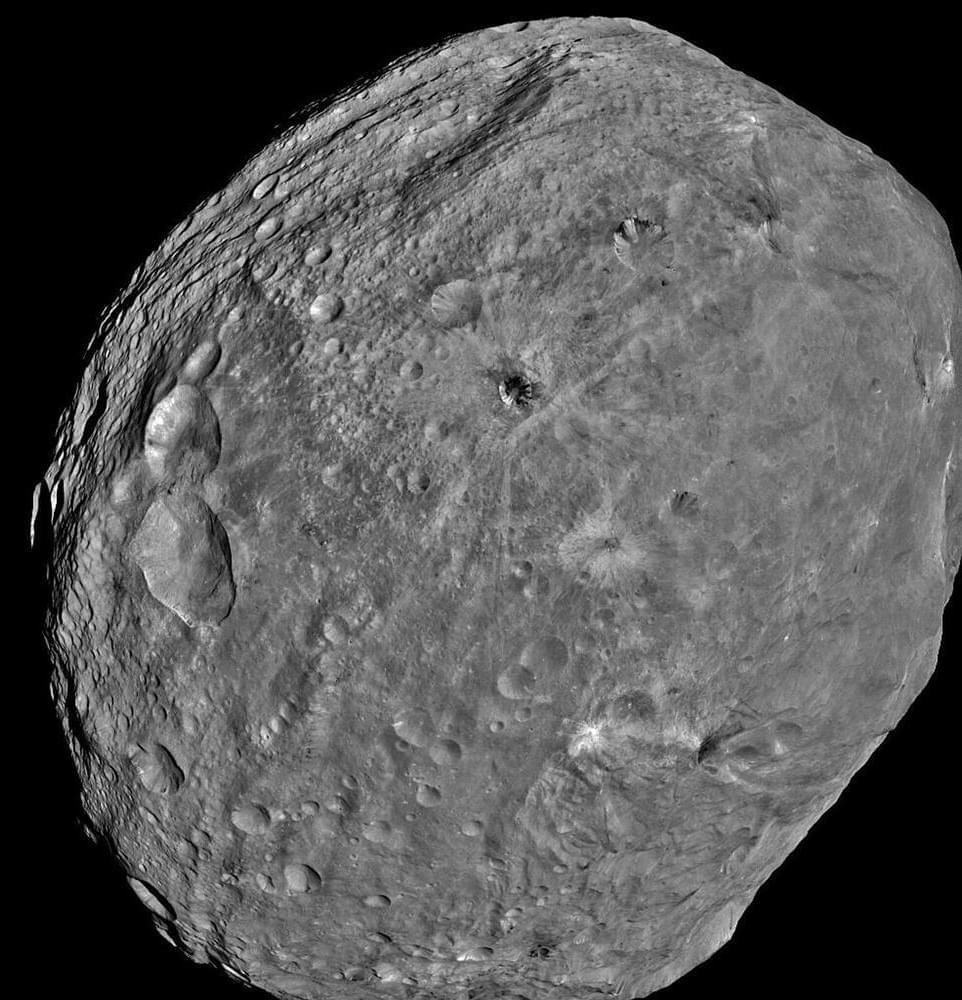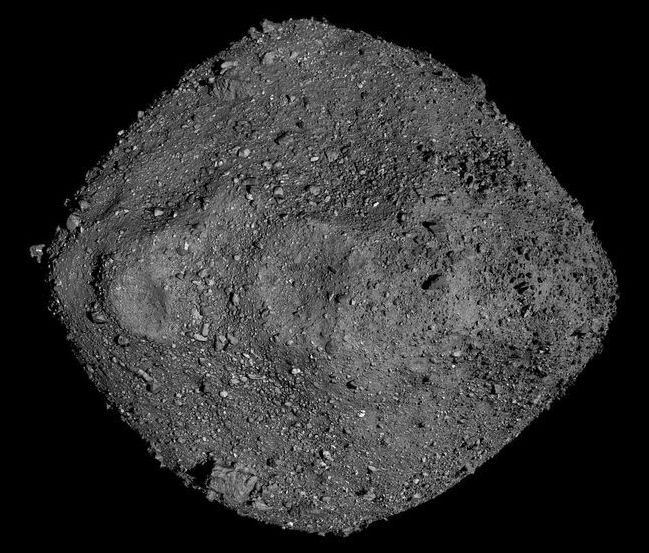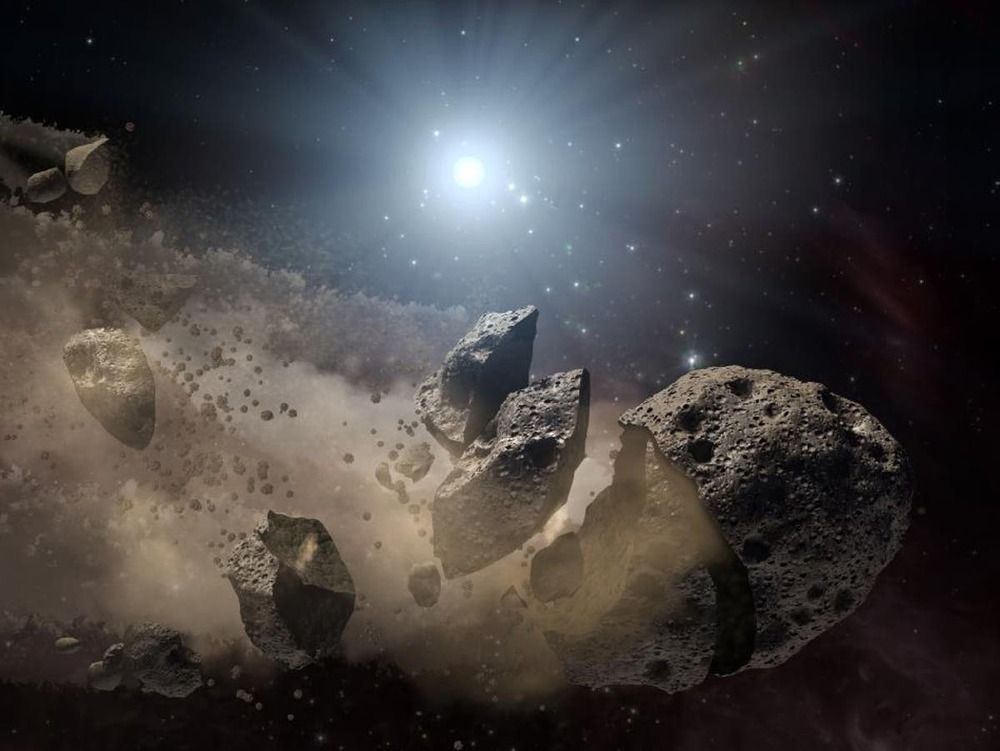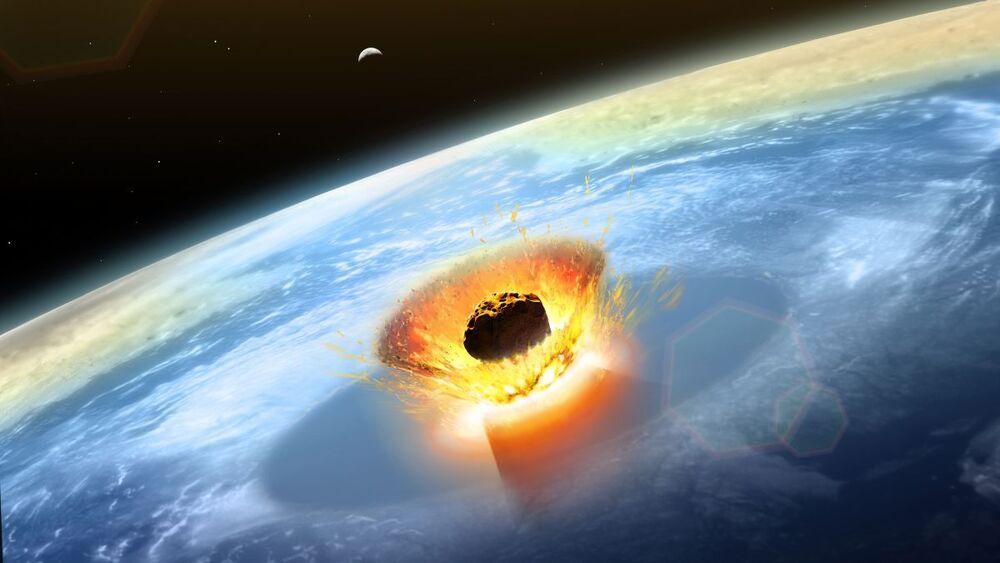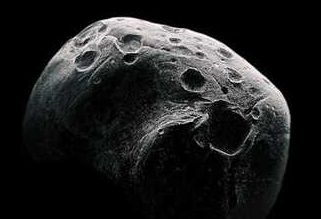NASA calls it the “Double Asteroid Redirection Test,” or DART for short, and the mission involves NASA launching a spacecraft that will rocket towards the Didymos binary asteroid and collide with it. NASA wants to test if the impact of the spacecraft colliding with the asteroid will be enough to alter its course. It should be noted that the asteroid doesn’t currently pose any threat to Earth and that NASA is purely conducting this mission for research purposes.
According to NASA’s latest update on DART, the spacecraft recently received solar arrays that will be a core component to getting the spacecraft all the way to the Didmos asteroid system. The spacecraft will travel for ten months to reach the asteroid system and will launch aboard SpaceX’s Falcon 9 rocket this November. When the spacecraft collides with the asteroid, it will be traveling at around 15,000 mph, and NASA will have Earth-based telescopes aimed at the asteroid for clear observation.
For more information on this story, check out this link here.
